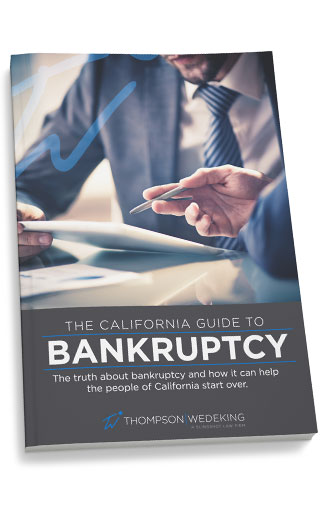
Bankruptcy has a long history that goes back to Biblical times.
In ancient Rome, lenders did business on a bench, or bancus, from which we get the English word “bank.” When a money-handler went out of business, their bench was symbolically broken (ruptus), as a sign of their failure. Together, the words bancus and ruptus are usually considered to be the origin of the word bankruptcy.
The first bankruptcy laws in modern history went into effect in England, during 1542. Under the reign of Henry VIII, penalties for unpaid debt could be as severe as debtors prison or even death.
Spain became the first sovereign nation to ever declare bankruptcy in 1557. Over the next four decades, Phillip II would declare bankruptcy for Spain three more times.
In 1710, the Parliament of England established the Statute of Anne, which provided the world’s first copyright laws. The act also enacted the first protections for debtors doing their best to make payments to creditors, even if their income was too low for full repayment.
In 1800, the first bankruptcy laws in the United States were passed in response to failed land deals. The law provided partial protection for private debtors, but was repealed three years later.
A major recession was triggered by the Panic of 1837, which sent the American economy into a downturn, from which it would not recover for several years. In response, the Federal Government enacted a second wave of bankruptcy protection in 1841. Those laws were repealed just two years after they were enacted.
In the wake of the Civil War, the American government re-established bankruptcy laws in 1867, and for the first time, they covered corporations.
The Great Depression provided the impetus for the next pair of bankruptcy reforms, the Bankruptcy Acts of 1933 and 1934. Banks were held from repossessing many farms under the 1934 reforms. The Chandler Act of 1938 later modified the laws, providing the first trustees appointed by courts charged with overseeing corporate reorganization.
The Bankruptcy Reform Act of 1978 standardized bankruptcy laws, and made it easier for people and businesses to file for protection.
Modern bankruptcies are usually divided between Chapter 7 and Chapter 13 proceedings. The first type has a goal of eliminating medical and credit card bills. Chapter 13 laws work with wage earners to repay loans over the course of three to five years.
Early bankruptcy laws were largely focused on recovering the assets of the creditor. Today, collection usually tries to work with debtors to resolve old debts. That’s a long way from debtor’s prison.


